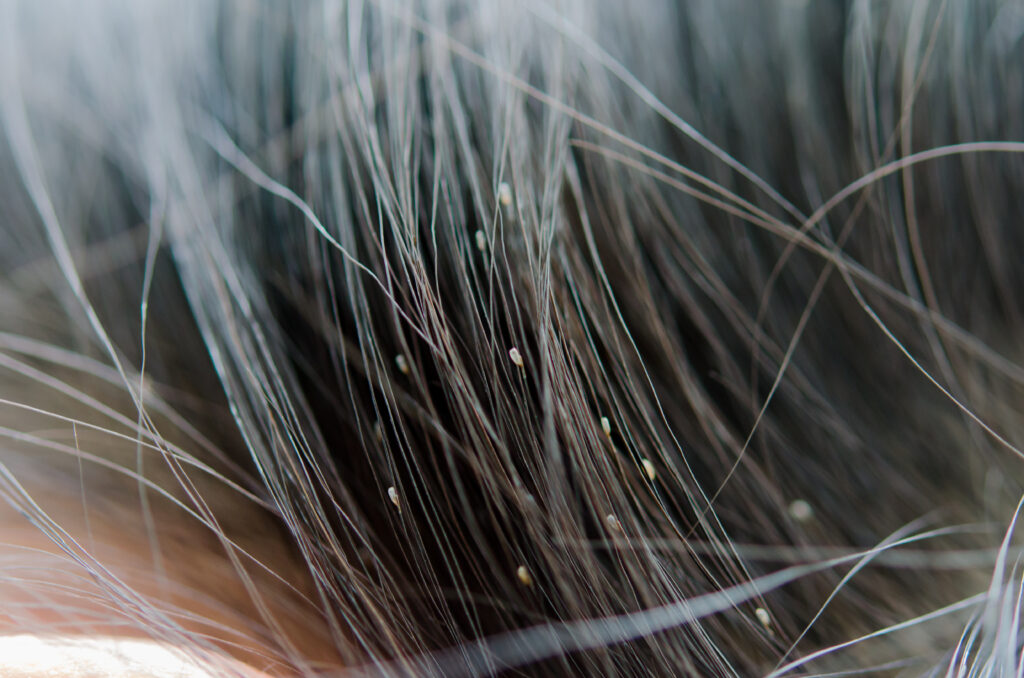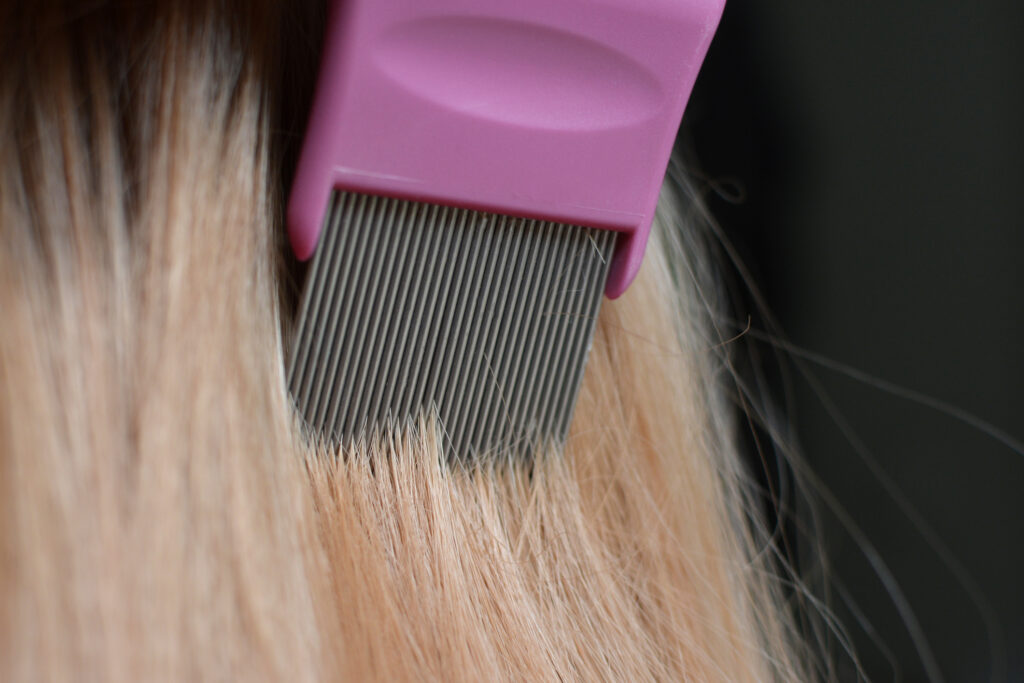Imagine your child coming home from school, scratching their head incessantly. The thought of head lice is enough to make any parent anxious. Head lice are tiny insects that infest the scalp and hair, causing intense itching and discomfort. While dealing with an infestation can be challenging, prevention is key to avoiding the inconvenience and discomfort associated with these pests.
When I was around eight years old, I had head lice. It was incredibly uncomfortable and embarrassing because of the common misconception that lice are linked to poor hygiene. No one wants to be sent home with a note informing all parents about a lice outbreak at school. To prevent our children from experiencing these embarrassing moments, here are some essential tips.
How do kids get head lice?
Kids can get head lice in various ways, and it is a common misconception that head lice are related to a lack of hygiene. Here are the primary ways kids can get head lice:
- Direct head-to-head contact: The most common way lice spreads is through direct contact with the hair of an infested person. This can happen during play, sports, sleepovers, or other activities where kids’ heads touch.
- Sharing personal items: Lice can spread through sharing personal items such as hats, hairbrushes, combs, hair accessories, headphones, and pillows. However, this is less common than direct head-to-head contact.
- Contaminated surfaces: Lice can sometimes be transferred by coming into contact with infested items like clothing, bedding, towels, or furniture. Again, this is not as common as direct contact.
- Group settings: Kids are more likely to get lice in settings where they are in close contact with many other children, such as schools, daycare centres, and camps.

5. Lack of hygiene: Lice infestation is not related to cleanliness or hygiene. Lice do not discriminate based on how clean or dirty the hair or scalp is. They simply need a host to survive, and they will infest any head they can access.
6. Other sources: Lice are human parasites and do not come from animals. They cannot jump or fly; they can only crawl, so direct contact is their primary mode of transmission.
Preventing head lice involves reducing the opportunities for direct head-to-head contact and not sharing personal items that touch the head. Regularly checking your child’s hair, especially after group activities, can help catch an infestation early and treat it promptly.

Practical strategies to prevent head lice:
1. Educate your children
Teach your children about head lice and how they spread. Explain the importance of avoiding head-to-head contact during play and other activities.
2. Avoid sharing personal items
Encourage your children not to share personal items that come into contact with the head. These include:
- Combs and brushes
- Hair accessories (clips, headbands)
- Hats, helmets, and scarves
- Towels and pillows
3. Regular hair inspections

Regularly check your child’s scalp and hair for signs of lice, such as tiny white nits (eggs) near the scalp or live lice. Early detection can prevent a full-blown infestation. You can check for head lice or nits by parting the hair in several spots. Use a magnifying glass and a bright light to help spot them. Lice don’t fly or jump; they move by crawling. Because head lice can move fast, it may be easier to spot the nits. Nits can look like dandruff, but you can identify them by picking up a strand of hair close to the scalp and pulling your fingernail across the area where you suspect a nit. Dandruff will come off easily, but nits will stay firmly attached to the hair.
4. Maintain personal hygiene
While lice infestations are not necessarily linked to poor hygiene, maintaining good personal hygiene can help. Ensure your child washes their hair regularly and keeps their scalp clean.
5. Use preventive hair products
Consider using shampoos and conditioners designed to repel lice. These products often contain natural ingredients like tea tree oil, which lice find unattractive.
Natural ingredients like coconut, rosemary, and tea tree oil may help, but more research is needed to confirm their efficacy (FDA) (CDC) (Kids Health) (Mayo Clinic).
6. Manage long hair
If your child has long hair, encourage them to keep it tied back in a braid or ponytail, especially during school or group activities. This reduces the chance of hair-to-hair contact.
7. Keep personal spaces clean
Regularly wash and clean items that come into contact with the head. Wash hats, pillowcases, and towels in hot water and dry them in a high-heat setting to kill any potential lice.
8. Educate about safe play
Encourage children to avoid playing in ways that involve head-to-head contact, such as sharing pillows or lying closely together during playtime.
9. Stay informed
Stay updated on any lice outbreaks at your child’s school or daycare. Schools often send out notices if an infestation is detected, allowing you to take extra precautions.
10. Teach sensible habits
Instill habits such as using their own pillow and blanket during sleepovers and avoiding sharing headphones or earbuds.
Preventing head lice involves a combination of education, good hygiene practices, and regular monitoring. By teaching your child about the importance of not sharing personal items, maintaining clean hair and scalp, and being cautious about head-to-head contact, you can significantly reduce the risk of head lice infestations. Consult a healthcare professional for further advice and management strategies for persistent issues or concerns.
For more detailed information, you can refer to the resources from the FDA, CDC, and Mayo Clinic.
Have you ever dealt with head lice in your family? Share your tips and experiences in the comments below!



